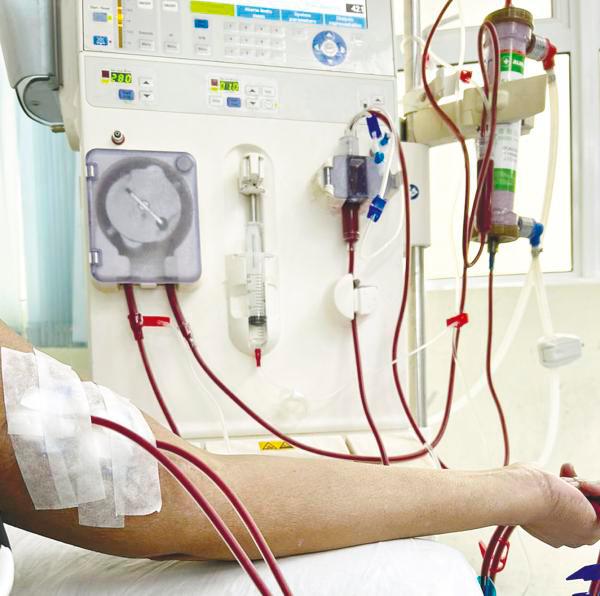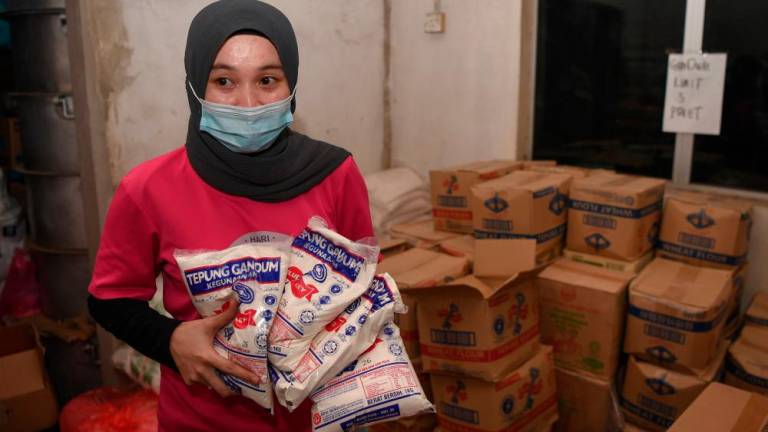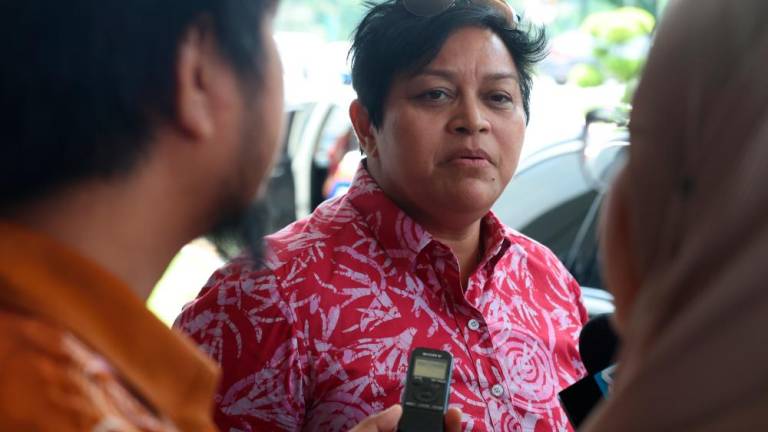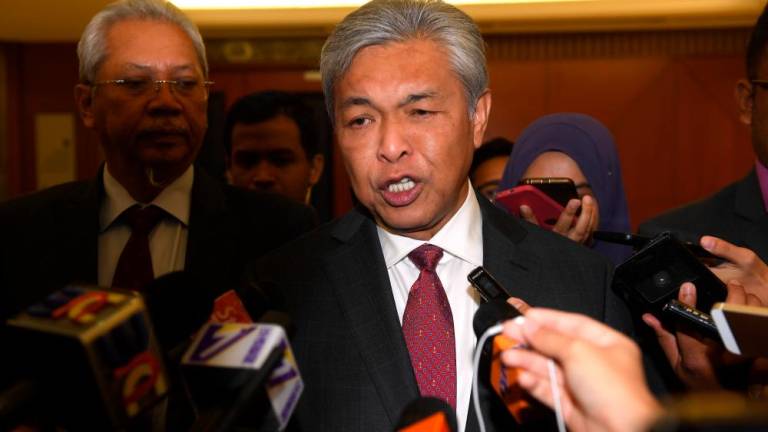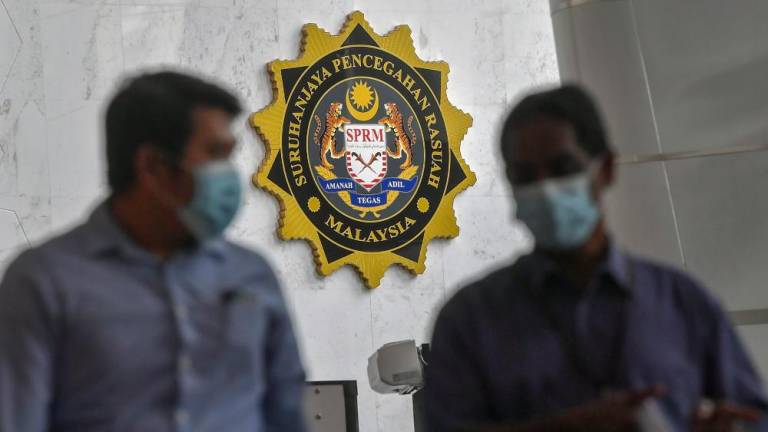AT least 15.5%, or more than five million, of the Malaysian population are living with chronic kidney disease (CKD), and only 5% of them are aware of it.
Approximately 28 individuals in this country are diagnosed with kidney failure every day and need dialysis to live.
Malaysia needs a reality check and a renewed commitment to implementing kidney health strategies and policies. The country is on the brink of a nationwide kidney disease crisis.
In addition, the incidence and prevalence of patients with end-stage renal disease (ESRD) have been on an upward trend for the past 20 years. More than 51,000 people in Malaysia currently live with ESRD and need kidney replacement.
Our incidence rate for ESRD is among the highest in the world. The Health Ministry has projected that more than 106,000 Malaysians could be on dialysis by 2040 if the upward trend in kidney failure rates persists. With just 16 years remaining, urgent action is imperative.
Furthermore, each year, over 10,000 individuals are diagnosed as needing dialysis, and this number is steadily increasing, with more than half having diabetes.
The prevalence of chronic kidney disease is rising in tandem with the rate of diabetes. By next year, seven million adult Malaysians are estimated to live with Type two diabetes. It is already the highest in the Western Pacific region.
Diabetics are 3.5 times more likely to develop CKD. We need to address the diabetes epidemic in Malaysia to respond effectively to CKD.
At every Parliament sitting, we hear calls for additional haemodialysis (HD) centres within constituencies as well as for increased subsidies or coverage to expand access to treatment for a greater number of individuals.
The government currently shoulders at least half of the expenditure incurred in treating CKD, a situation deemed unsustainable.
In 2010, the government spent RM572 million to treat ESRD. Today, Malaysia spends about RM3.3 billion on CKD and ESRD care annually.
In 2022, the Social Security Organisation spent RM334.67 million on dialysis treatments for its contributors, with up to 3,000 new treatment applications received annually.
This expenditure marks a significant increase compared with the RM1.22 million spent in 1999. The growing demand for dialysis care due to increasing illness rates is the reason more private haemodialysis centres are being set up, which has become a booming business.
However, prevention and early detection continue to be sound and effective strategies.
We need to do better to reduce Type two diabetes and increase awareness of kidney health.
Individuals with hypertension and diabetes face an elevated risk of CKD and should undergo screening to facilitate early intervention.
However, nearly half of all diabetes cases in Malaysia go undiagnosed. Consequently, many patients are diagnosed only after their diabetes has remained uncontrolled for years, resulting in irreversible kidney damage.



